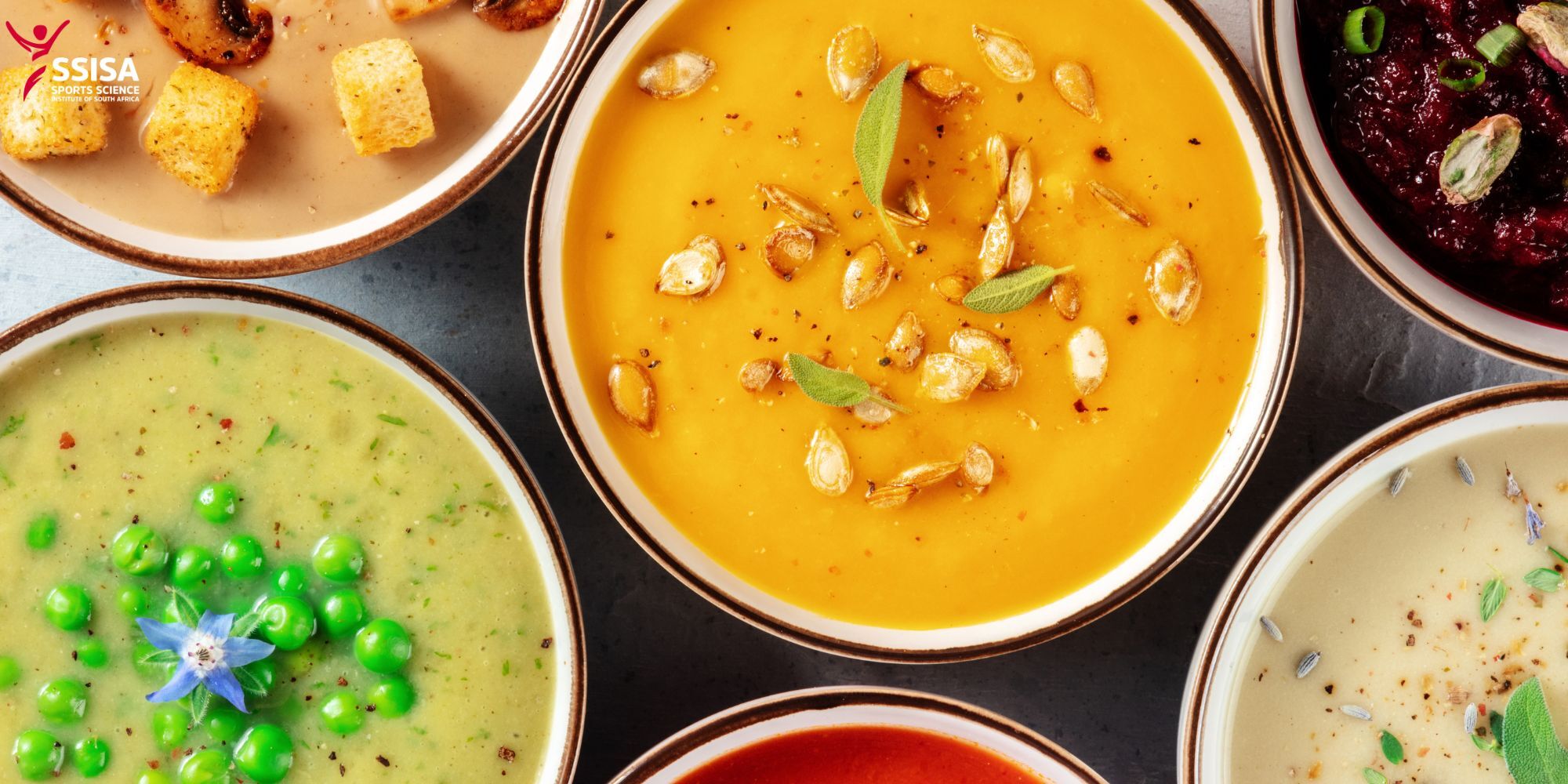Eating food helps to warm you up
The process of digesting food in the body creates heat (thermogenesis), helping to warm the body temporarily. All foods, even a salad, generate heat in the body as it is digested, although when it is cold, warmer foods are more appealing.
Changing stress levels in winter
In winter, a greater release of stress hormones in the body is experienced. Some people respond to increased stress by reducing what they eat, but others are known to increase their intake of foods, particularly those foods which are high in energy, which can lead to increased snacking on unhealthy foods
Seasonal affective disorder
Seasonal affective disorder can also lead to increased food intake in winter. This disorder is related to reduced serotonin levels as the weather gets colder (and there are fewer sunlight hours), leading to feelings of depression and anxiety. People naturally go for high sugar foods to raise serotonin levels in these conditions.
What can you do to combat the cold healthily?
Although it is cold outside, your body doesn’t need more calories than normal; therefore, look for warming, satisfying, healthy foods that won’t pile on the kilograms. Exercise also helps to create warmth in the body and raises endorphin levels, helping you to stay happier in winter. Even though it is unappealing to go out in the cold, you always feel better afterwards.
Healthier, warming options to choose:
Soups are a winner in winter
- There are many convenient options available (some are better than others, so read the labels to check what is in the soup that you are eating).
- Soups are very easy to make from scratch. Most stores provide vegetable bags which are ready-chopped and ready to cook.
- Add some protein to the soup to help keep you full for longer (chicken, feta cheese and legumes are good options) and limit how much bread you are eating on the side.
- Make a big pot which can feed you for a few days.
Casseroles, curries and stews can be healthy if you are using healthy ingredients
- Limit fats, oils, creams, and ghee in cooking. Choose reduced fat coconut milk or add a swirl of yoghurt to add some creaminess.
- Add plenty of vegetables to your dishes, or if you prefer not to add the vegetables into the dish, add them on the side.
- Keep heavier proteins such as oxtail, lamb and beef short rib for special occasions and use leaner proteins more often. Choose chicken, ostrich and legumes (chickpeas, beans, lentils, split peas).
Cooked vegetables: Instead of a salad, try stir fries, steamed vegetables with lemon juice and toasted seeds or roast vegetables. Make enough in the evening so that you have leftovers for your lunchbox the following day.
Spicy Mexican noodle soup
Try this spicy soup which provides:
- Anti-inflammatory, warming spices
- Lycopene (good for heart health) in the tomato
- Vitamins, minerals and polyphenols in the vegetables
- Fibre in the wholewheat pasta
- Lean protein in the chicken (or chickpeas if you swap it out)
- Lots of flavour and satisfaction
Ingredients
1 tbsp olive oil
1 onion, diced
2 carrots, chopped
1 pepper (green, yellow or red), chopped
4 garlic cloves, roughly chopped
1 pack chicken breasts (~500g), thinly sliced
Salt, to taste
1 tsp ground cumin
1 tsp chilli powder
1 tsp ground coriander
1 tsp oreganum
2 tsp paprika (try smoked paprika for extra flavour)
1 can diced tomatoes (good quality can with no added sugars)
4 cups chicken stock
Juice of one lime
60g dried noodles (wholewheat linguine)
Garnish with avocado slices, plain yoghurt, fresh coriander, sliced spring onions and lime.
Method
- Heat olive oil in a heavy-based pot, add the onions, carrots and bell peppers and sauté until soft.
- Add the chicken and garlic and sauté for 5 minutes before adding the spices.
- Add the tinned tomato and chicken stock and bring to a boil for 10 minutes.
- Add the dry noodles and cook for a further 5 minutes until noodles are soft and chicken is cooked through.
- Season with salt and lime juice.
- Serve with avocado slices, coriander, spring onions and a dollop of yoghurt.
Note: You can swap the chicken for a can of cooked chickpeas (drained and rinsed) and substitute the stock with vegetable stock.
To find out more about our dietary services or to book an appointment with one of our dietitians, please click here.
References:
McInnes, K; Haman F; Doucet E; 2019, Humans in the cold: Regulating energy balance; Obesity reviews 21(3).
Langeveldt, M; Tan, CY; Soeters, MR, Virtue, S; 2016; Mild cold effects on hunger, food intake, satiety and skin temperature in humans; Endocrine Connections, 5(2); p 65-73
Cahill, S; Tuplin, E; Holahan, MR; 2013; Circannual changes in stress and feeding hormones and their effect on food-seeking behaviors; Frontiers in Neuroscience; 7(140)



